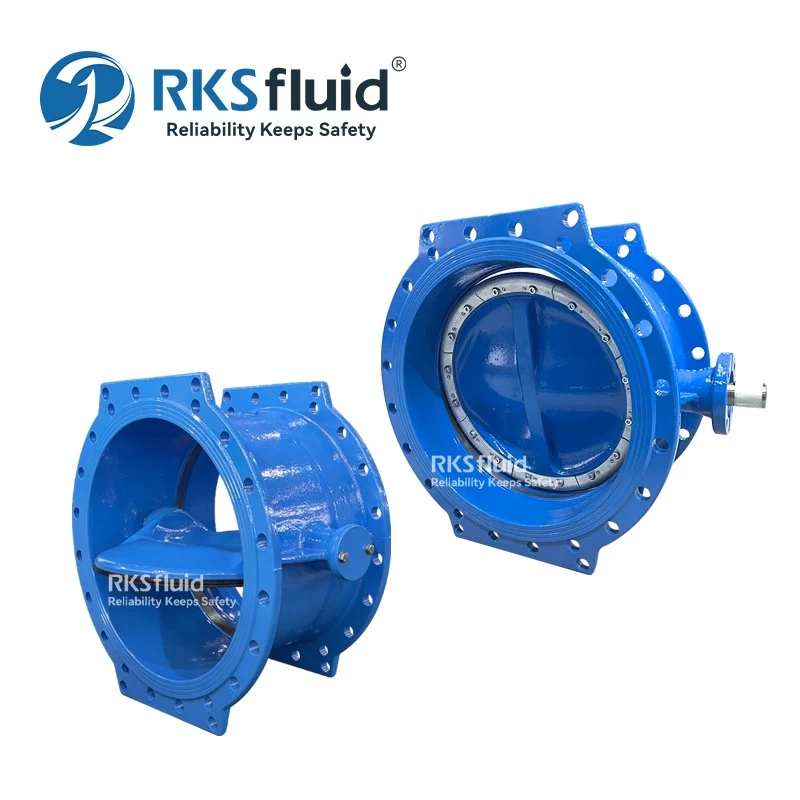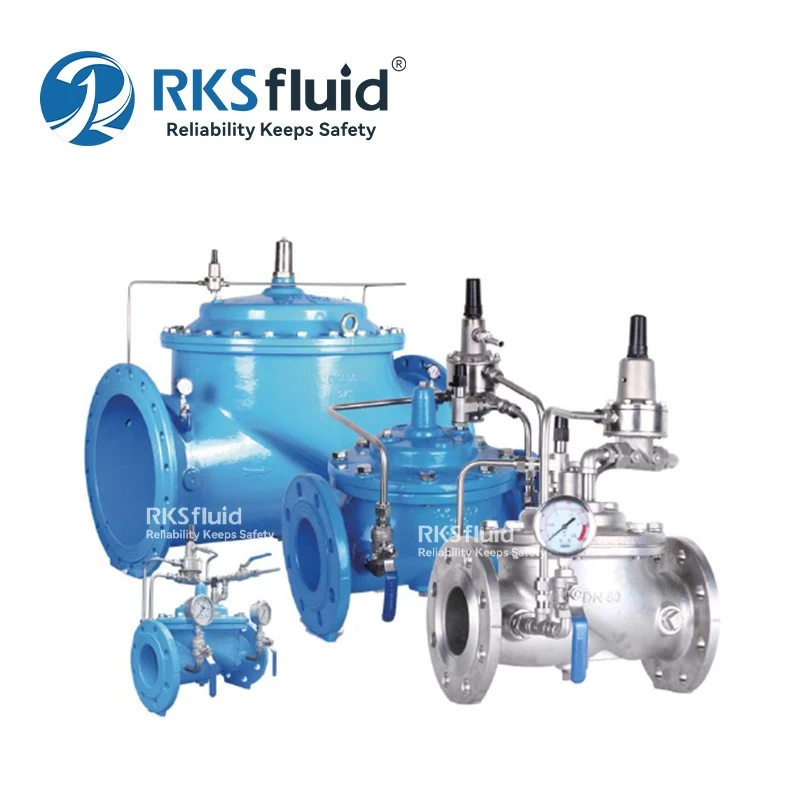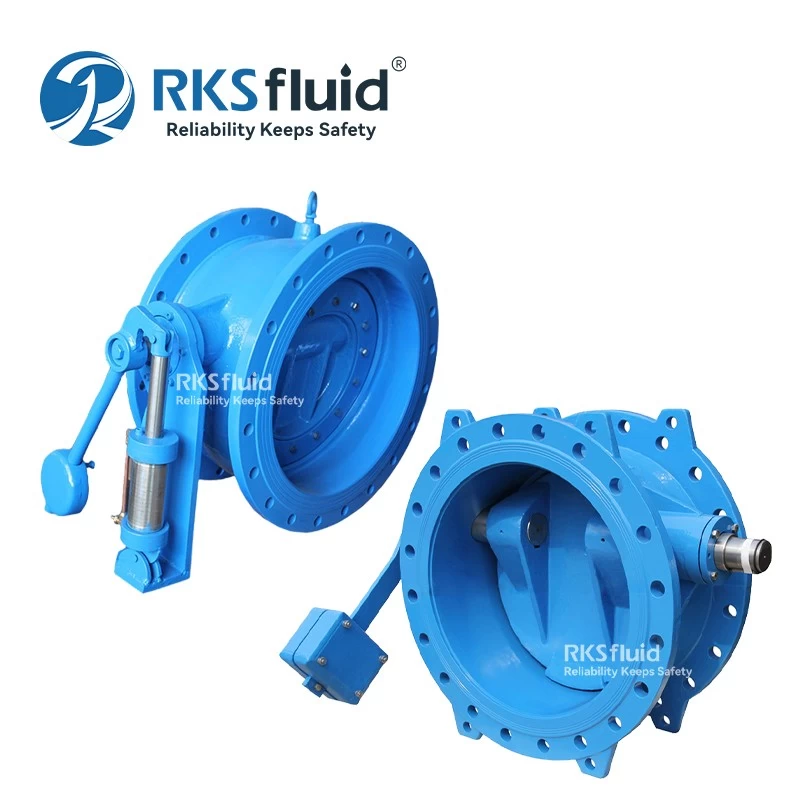- Main Product
- Contact Us
-
RKSfluid Flow Control Company
Web: www.rksfluid.com
Tel: +86 24 2318 0188
Fax: +86 24 2318 0788
Mail: info@rksfluid.com Contact Now
- Subscribe
-
Get email updates on new products
News
The material of the rubber seals commonly used in valves(2)
Introduction to the material of common valve seals
1. Butyl cyanide rubber (NBR) is an irregular copolymer of butadiene and acrylonitrile monomer synthesized by emulsion polymerization. Its molecular structure is: -(CH2-CH=CH)m-(CH2-CH2-CH)n - CN
Butadiene cyanide rubber was first developed in Germany in 1930. It is a copolymer of butadiene and 25% acrylonitrile. Because of its resistance to aging, heat and abrasion, it is superior to natural rubber, so it is valued by the rubber industry. During the Second World War, with the rapid development of weapons and equipment, the heat-resistant and oil-resistant butyl cyanide rubber was used as a war preparation material, and the demand increased sharply. So far, more than 20 countries have produced cyanide rubber, with an annual output of 560,000 tons, accounting for 4.1% of the total synthetic rubber in the world. Due to its excellent heat resistance, oil resistance and mechanical properties, it has become the main product of oil resistant rubber. It accounts for about 80% of all oil-resistant rubber demand.
Butadiene cyanide rubber has made great progress in the 1950s. Up to now, there are more than 300 grades. According to the content of acrylonitrile, it can be divided into: propylene cyanide content >42% in the range of 18%-50% acryl cyanide content. It is a very high cyanide grade, 36% to 41% is high cyanide grade, 31% to 35% is medium to high cyanide grade, 25% to 30% is medium cyanide grade, and 24% is low cyanide grade. The most used in the industry is low cyanide grade cyanide-18 (combined propylene cyanide content 17% to 20%), cyanide grade cyanide-26 (combined propylene cyanide content 27% to 30%), high cyanide grade Butyl cyanide-40 (combined with acrylonitrile content of 36% to 40%). The increase of acrylonitrile content can significantly improve the oil and heat resistance of butane cyanide rubber, but it is not much better, because the increase of propylene cyanide content will also reduce the low temperature performance of rubber.
Butadiene cyanide rubber is mainly used in the manufacture of petroleum-based hydraulic oil, lubricating oil, kerosene and gasoline. The working temperature is -50-100 degrees; short-term work can be used for 150 degrees, working temperature in air and ethanol glycerol antifreeze. It is -45-100 degrees. Butan cyanide has poor aging resistance. When the ozone concentration is high, it will quickly age and crack. It is not suitable for long-term work in high temperature air, nor can it work in phosphate anti-combustion hydraulic oil.
The general physical properties of Dingqing rubber: 1) Butadiene cyanide rubber is generally black, the color can be adjusted according to customer needs, but it must increase some costs, and may affect the use of rubber. 2) Butan cyanide rubber has a slight smelly egg to ask. 3) According to the oil resistance characteristics and temperature range of the cyanide rubber, determine whether the material of the seal is cyanide rubber.
2. Silicone rubber (Si or VMQ) is a linear polymer with a silicon-oxygen bond unit (-si-o-si) as the main chain and an organic group as a side group.
Due to the development of cutting-edge industries such as aerospace and aerospace, there is an urgent need for rubber sealing materials that are resistant to high temperatures and low temperatures. The natural rubbers such as natural cyanide and chloroprene used in the early days have not been able to meet the needs of industrial development. Therefore, in the early 1940s, two companies in the United States began to produce dimethyl silicone rubber, which was the earliest silicone rubber. China also succeeded in research and put into production in the early 1960s. After decades of development, the variety, performance and output of silica gel have been greatly developed.
The main characteristics of silica gel:
1) Heat resistance The high temperature stability of silica gel is good. It can be used at 150 °C for a long time, and the performance will not change significantly; it can work continuously for more than 10,000 hours at 200 °C, and can even be used for a short time at 350 °C.
2) Cold resistance Low phenyl silica gel and medium phenyl silica gel have good low temperature elasticity at -60 ° C and -70 ° C when the cold resistance coefficient is above 0.65. In general, the use temperature of silica gel is -50 °C.
3) Oil and chemical resistance The silica gel has good resistance to polar solvents such as ethanol and acetone, and food oils. It only causes little expansion and the mechanical properties are not reduced. Silica gel has low concentration of acid and alkali. The salt tolerance is also good. It is placed in a 10% sulfuric acid solution for 7 days, the volume change rate is less than 1%, and the mechanical properties are basically unchanged. However, silica gel is not resistant to non-polar solvents such as concentrated sulfuric acid, concentrated alkali, carbon tetrachloride and toluene.
4) Strong aging resistance, silica gel has obvious ozone resistance and radiation resistance, which is unmatched by ordinary rubber.
5) Dielectric properties Silica gel has a high volume resistivity (1014 to 1016 Ω•cm) and its resistance value is stable over a wide range. Suitable as an insulating material under high pressure conditions.
6) Flame retardant properties Silica gel does not burn immediately in case of fire, and its combustion produces less toxic gases. The products after combustion will form insulating ceramics. Therefore, silica gel is also an excellent flame retardant material.
Based on the above characteristics, silica gel is widely used in seals or rubber parts used in the household appliance industry, such as electric heating pots, electric irons, rubber parts in microwave ovens; seals or rubber parts in the electronics industry, such as mobile phone buttons, DVDs Shock absorbers, seals in cable joints, etc.; seals on various types of articles that come into contact with the human body, such as water bottles, water dispensers, etc.
3. Fluorine rubber (FKM or Vtion), also known as fluoroelastomer, is a high molecular polymer containing fluorine atoms in the main chain and side chain carbon atoms.
From the early 1950s, the United States and the former Soviet Union began the development of fluoroelastomers. The first to be put into production is the development of vtionA and Kel-F of DuPont and 3M in the United States. After half a century of development, fluoroelastomers have developed rapidly in heat, medium, low temperature and process, and formed a series of products.
Fluorine rubber has excellent heat resistance, ozone resistance and various hydraulic oil properties. It has an operating temperature of -40 to 250 ° C in air and an operating temperature of -40 to 180 ° C in hydraulic oil. Due to the processing of fluorine rubber, the bonding and low temperature performance are inferior to the general rubber and the price is also expensive, so it is mostly used in high temperature medium which is not suitable for general rubber, but it is not suitable for some phosphate ester solutions.
4. EPDM is a terpolymer of ethylene, propylene and a small amount of non-conjugated diene olefins.
In 1957, Italy realized the industrial production of ethylene and propylene binary copolymer rubber (diethylene propylene rubber). In 1963, DuPont of the United States added a small amount of non-conjugated cyclic diene as a third monomer to the binary ethylene propylene rubber to synthesize a low unsaturation EPDM with a double bond in the molecular chain. Since the molecular backbone is still saturated, EPDM maintains the excellent properties of diethylene glycol and at the same time achieves the purpose of vulcanization.
EPDM rubber has excellent ozone resistance and does not crack in 2430 hours in an environment with an ozone concentration of 1*10-6; it has good corrosion resistance: for alcohol, acid, alkali, oxidant, detergent Animal and vegetable oils, ketones, and certain lipids have good stability (but they are severely swelled in petroleum-based fuel oils and hydraulic oils and cannot work in environments exposed to mineral oil); they have excellent heat resistance and can be used in - Long-term use at 60~120 °C; has good water resistance and electrical insulation.
The original color of EPDM rubber is beige and its elasticity is excellent.
5. The polyurethane elastomer (PU) is a polymer made of a polyisocyanate and a polyether polyol or a polyester polyol or/and a small molecular polyol, a polyamine or a chain extender such as water or a crosslinking agent.
In 1937, Professor Otto Bayer of Germany first discovered that polyurethanes were obtained by polyaddition of polyisocyanates with polyol compounds, and based on this, they entered industrial applications. Polyurethane elastomers have a temperature range of -45 ° C to 110 ° C and can have high elasticity and strength, excellent wear resistance, oil resistance, fatigue resistance and vibration resistance in a wide range of hardness, especially for lubrication. Both oil and fuel oil have good anti-swelling properties and are known as "wear rubber".
Polyurethane elastomers have excellent comprehensive properties and have been widely used in metallurgy, petroleum, automotive, mineral processing, water conservancy, textile, printing, medical, sports, food processing, construction and other industrial sectors.
6. Polytetrafluoroethylene (PTFE)
Polytetrafluoroethylene (abbreviated as Teflon or [PTFE, F4]), is known as / "Plastic King", Chinese trade name "Teflon", "Teflon" (teflon), "Teflon" , "Teflon", "Teflon" and so on. It is a polymer compound made of tetrafluoroethylene. It has excellent chemical stability and corrosion resistance. It is one of the best corrosion resistance materials in the world. It can resist other than molten sodium and liquid fluorine. All chemicals, boiled in aqua regia, are not widely used, widely used in various anti-acid and alkali solvents, sealability, high lubrication, non-stickiness, electrical insulation and good anti-aging endurance, excellent temperature resistance ( It can work for a long time at temperatures from +250 ° C to -180 ° C). Teflon itself is not toxic to humans, but one of the raw materials used in the production process, perfluorooctanoic acid (PFOA), is considered to be likely to be carcinogenic.
Temperature -20 ~ 250 ° C (-4 ~ +482 ° F), allowing quenching and rapid heat, or alternating hot and cold operation.
Pressure -0.1~6.4Mpa (full negative pressure to 64kgf/cm2) (Full vacuum to 64kgf/cm2)
advantage:
High temperature resistance - use working temperature up to 250 °C.
Low temperature resistance - good mechanical toughness; 5% elongation even at temperatures down to -196 °C.
Corrosion resistance - It is inert to most chemicals and solvents, resistant to strong acids and alkalis, water and various organic solvents.
Weather resistant - the best aging life in plastics.
Highly lubricated – the lowest coefficient of friction in solid materials.
Disadvantages: Poor elasticity.











